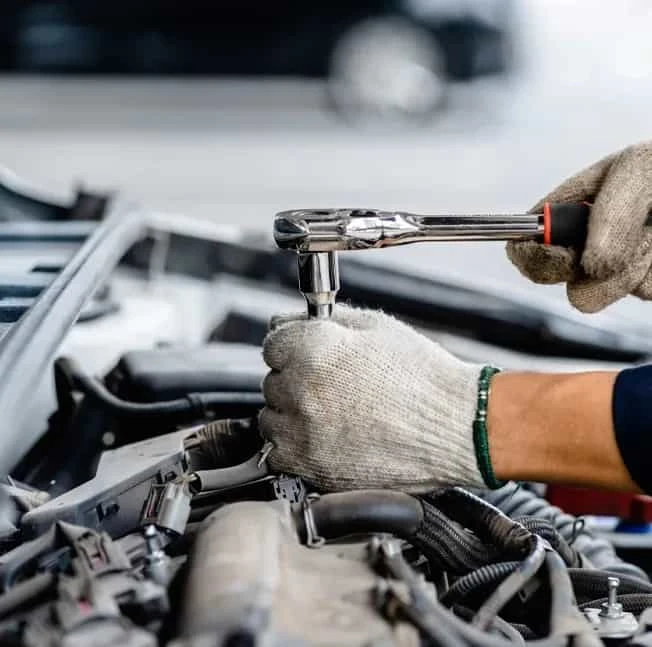Dec . 24, 2024 16:13 Back to list
pump seal kit replacement
Understanding Pump Seal Kit Replacement A Comprehensive Guide
Pump seal kits are essential components in the maintenance and operation of various types of pumps, including centrifugal, positive displacement, and submersible pumps. Over time, seals wear out due to friction, pressure, and the corrosive nature of the fluids being pumped. Therefore, understanding how to replace pump seal kits is vital for ensuring the efficient and safe operation of pumping systems.
What is a Pump Seal Kit?
A pump seal kit typically includes various sealing components that help prevent fluid leaks within the pump assembly. These kits may contain O-rings, gaskets, and mechanical seals, all designed to withstand specific pressure and temperature conditions based on the pump's application. The choice of materials used for these seals often depends on the type of fluid being transported, whether it's water, oil, or chemicals.
Signs That a Seal Kit Needs Replacement
Identifying when a pump seal kit requires replacement is crucial for maintaining pump performance. Common signs of wear include
1. Leakage The most obvious sign of a failing seal is fluid leakage around the pump assembly. 2. Increased Vibration A pump that vibrates excessively may indicate worn or damaged seals. 3. Decreased Efficiency If a pump is not operating as effectively as before, it may be due to seal deterioration. 4. Noise Unusual sounds, such as grinding or whining, can indicate that seals are failing and causing misalignment.
Steps for Replacing a Pump Seal Kit
2. Disassembly Carefully disassemble the pump according to the manufacturer's instructions. Keep track of all parts and components removed during the process.
pump seal kit replacement

3. Cleaning Once the pump is disassembled, clean the surfaces where the new seals will be installed. Remove any old seal residues to ensure a proper fit for the new components.
4. Inspection Check for any additional wear or damage to other components of the pump. If other parts show signs of significant wear, it may be wise to replace them at the same time.
5. Installation of New Seal Kit Follow the instructions included with the new seal kit for proper installation. Make sure to apply lubricant to O-rings to enhance their flexibility and make installation easier. Ensure that seals are seated correctly in their designated grooves.
6. Reassembly Carefully reassemble the pump, ensuring that all parts are tightened to the manufacturer's specifications. Be cautious not to over-tighten, as this can damage the seals.
7. Testing After reassembly, refill the pump and run it to check for leaks and verify proper operation. Monitor the pump during initial use to ensure everything is functioning correctly.
Maintenance Tips
To prolong the life of pump seal kits, regular maintenance is essential. This includes routine inspections, monitoring for signs of wear, and timely replacements. Keeping the pumping system clean and free from debris can also help minimize wear on the seals.
Conclusion
Replacing pump seal kits is a vital aspect of pump maintenance that can save time and money in the long run. By recognizing the signs of seal failure and understanding the replacement process, operators can keep their pumps running efficiently and avoid costly downtime. Effective maintenance practices ensure that pumps function at their best, ultimately leading to enhanced productivity and performance.
-
TCN Oil Seal Metal Ring Reinforcement for Heavy Machinery
NewsJul.25,2025
-
Rotary Lip Seal Spring-Loaded Design for High-Speed Applications
NewsJul.25,2025
-
Hydraulic Cylinder Seals Polyurethane Material for High-Impact Jobs
NewsJul.25,2025
-
High Pressure Oil Seal Polyurethane Coating Wear Resistance
NewsJul.25,2025
-
Dust Proof Seal Double Lip Design for Construction Equipment
NewsJul.25,2025
-
Hub Seal Polyurethane Wear Resistance in Agricultural Vehicles
NewsJul.25,2025
-
The Trans-formative Journey of Wheel Hub Oil Seals
NewsJun.06,2025
Products categories
















